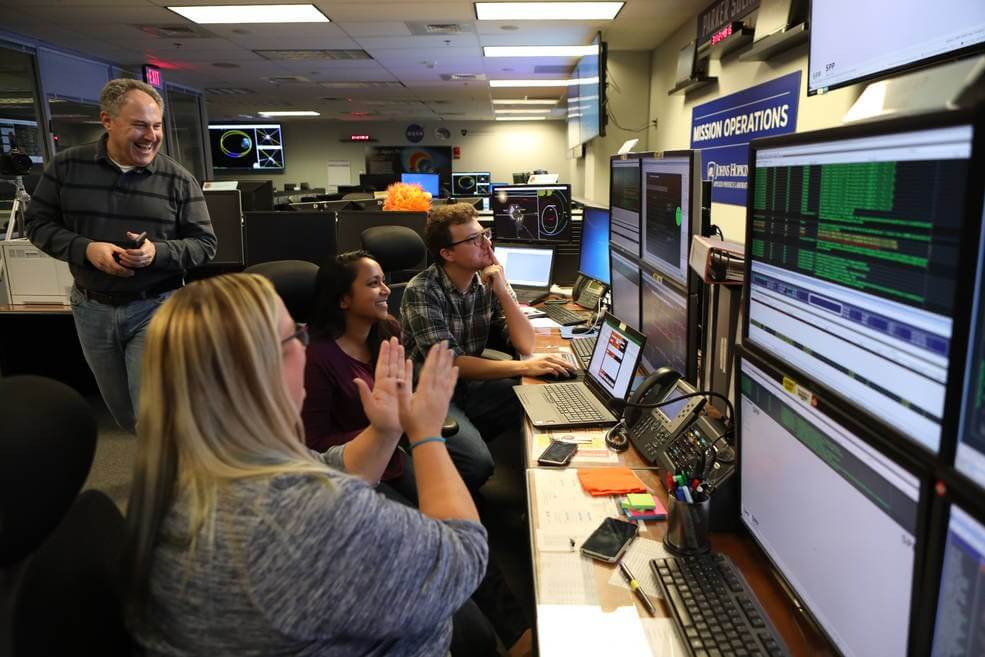What just happened? The Parker Solar Probe seems to be in good shape after a close approach to the sun. The probe passed by our star at a distance of just 15 million miles. That may seem like a long way, but that puts it well inside the orbit of Mercury, which is about 35 million miles from the sun.
This pass is the closest approach that any terrestrial craft has ever attempted. The Helios 2 probe set the previous record by passing the gaseous globe at a distance of 26.55 million miles in 1976.
Scientists at NASA know the probe is all right because it sent an “all-systems-nominal” tone. The craft is designed to transmit four types of signals. The other three beacons indicate something is wrong with the probe or one of its systems.

“Parker Solar Probe was designed to take care of itself and its precious payload during this close approach, with no control from us on Earth — and now we know it succeeded,” said NASA’s Associate Administrator Thomas Zurbuchen.
Being the closest is not the only record the PSP broke.
The craft has entered an elliptical orbit that will have it pass close to the sun 24 times. At its first approach, the Parker Solar Probe reached a speed of 213,200 miles per hour. That is the fastest that any man-made craft has ever traveled. During its 24 trips around the sun, the probe will continually break this record as its orbit decays, and it passes closer and closer.

The PSP has a heat shield that it is programmed to keep oriented toward the sun. During its perihelion (closest pass), the Thermal Protection System registered a temperature of 820 degrees Fahrenheit. Scientists say that in subsequent passes the heat will continue to rise eventually reaching 2,500+ degrees. Even at that high a temperature, the heat shield is so efficient that the instruments onboard the craft will remain a comfortable 84-86 F.
The Parker Solar Probe began gathering data for its first pass on October 31 and will continue until November 11. It will take several weeks before it starts to downlink its measurements to scientists on Earth. This is because it needs to escape the sun's magnetic interference to transmit the data.
Researchers hope to learn how energy and heat move through the sun’s solar cornea and explore what accelerates both solar wind and solar energetic particles — discoveries six-decades in the making.
https://www.techspot.com/news/77355-parker-solar-probe-signals-nasa-okay-after-first.html